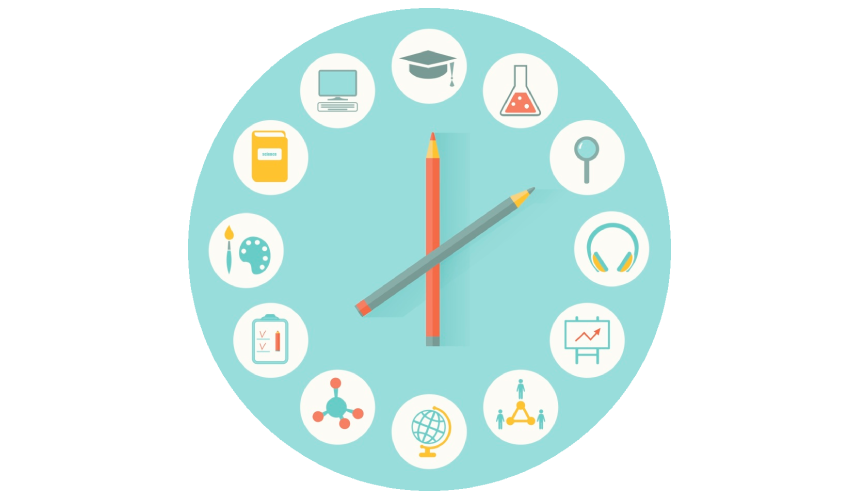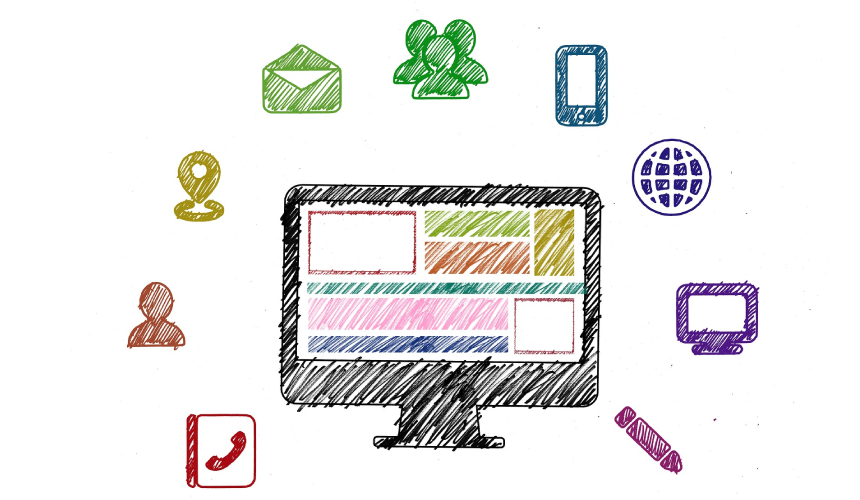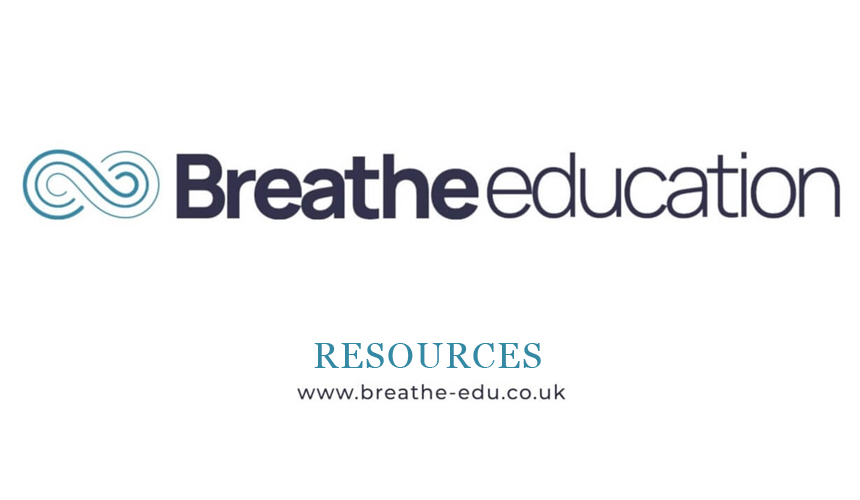supporters & partners 



![]()

Everyone gets anxiety. It is a natural response people have to fear, threatening situations and worrying that something bad might happen.
- What is worry, what is anxiety? and what is the theory of anxiety?
- How to identify worry, anxiety and more serious presentations?
- What can teachers do to improve and support young people that maybe suffering with worry or anxiety.
What is worry, what is anxiety? and what is the theory of anxiety?
For an overview of what worry and anxiety are and what theory surround this, see our primary school piece on worry and anxiety.
Adolescent Brain Development
When a child reaches adolescence, their brain will have already been shaped by a complex interaction between their genes and their environment; the environment, relationships and experiences they have had will change how the brain wires itself and functions. If we have had anxious starts in life or negative experiences, the relationship between the amygdala, hippocampus and prefrontal cortex can mean that we are in our fight or flight response more than others.
The brain usually continues to develop well into our twenties. Our experiences during childhood can therefore affect subsequent brain development during adolescence. Over time most young people develop the capacity for effective emotional regulation meaning that they can cope when they feel angry or worried. Young people who have difficulties with emotional regulation can also improve with the guidance and support of teachers.
Let’s think a bit about the different parts of the brain might come into play when anxiety is heightened. The prefrontal cortex is the part of the brain that is still developing throughout adolescence – it does not fully mature until the late 20s for females and the early 30s for males. The prefrontal cortex is the part of the brain responsible for mature cognitive functions such as reasoning, decision making, impulse control and long-term planning. The prefrontal cortex steadies the activity of the limbic system (the part of the brain that deals with emotions) and during adolescence, there are fewer connections between the two, making control of these emotions more difficult. We have developed a video to help students understand more about how the brain is working whilst we experience anxiety.
As well as considering the physical changes in the brain and body, it is important to consider the environment adolescents operate within, and what situations may make them feel anxious. One of the main changes in adolescence is the young person gaining more independence from their parents and carers. Friendships and romantic relationships are a key part of this process and are likely to hold great significance to adolescents You may find that secondary school students take more risks than adults would, especially in response to peer pressure and to get validation from their peers. It is also important to consider the emphasis on exams and schoolwork, lots of secondary school students feel anxious about these things, and worried when they think about planning for their future.
How anxiety relates to stress
Sometimes we need a dose of stress to motivate us to do things. If you did not fear negative consequences that led to feeling some anxiety, it would be unlikely that you could be dedicated to the rules of your workplace, be able to complete schoolwork, or become motivated to do something that does not sound like fun.
The truth is that anxiety is a powerful motivating force, and it drives us to do things in a way that few other feelings do. We all have a comfortable level of arousal which allows us to perform at our best. However, when our arousal peaks beyond this, we feel out of our comfort zone and become overwhelmed, reducing our performance. At this point the ‘fight, flight or freeze’ response has kicked in.

The green zone on the graph is where you would find your relaxed kids, those who are laid back and very unphased by things. They’re also the ones who may lack a sense of urgency or struggle to see the importance of things.
You then have the yellow zone which is where you would see your worried kids; this is thought to be the optimal zone. This is where young people experience enough worry to cause them discomfort, which in turn motivates them to problem solve and create helpful solutions.
The amber and red zone is where kids with anxiety difficulties would sit; these students have reached ‘burn out stage’ where their anxiety becomes so overwhelming that they are no longer able to cope. This is because, as we now know, they are functioning within their ‘meerkat brain’ whose only response is fight flight or freeze; this creates unhelpful vicious cycles of anxiety with no room for helpful ‘owl thinking’ which is why they will not be able to use problem-solving behaviours.
Linked to this, Emotionally Based School Avoidance (EBSA) is where a child or young person feels an overwhelming emotional response to attending school (for many different reasons) and in order to avoid this negative feeling, they avoid school. Like the red zone, this can become a vicious cycle of avoidance. EBSA is different from truancy in that parents or carers of a young person with EBSA are aware that their child does not want to attend school, whereas with truancy they are often unaware. This model shows how the EBSA cycle occurs:

A young person’s chance of developing EBSA is be determined by a complex interaction between ‘push and pull’ (or risk and resilience) factors. See the table below for things in the school, family and individual environment, which would make a young person more vulnerable to EBSA.

To support a young person experiencing EBSA, it is important to have an understanding of the often complex., unique push and pull factors that a young person has going on. When we know what these are, we can intervene to help break the cycle. This could involve some of the cognitive-behavioural techniques above. These techniques should be performed by a trained Mental Health professional, and young people should be referred to local pathways for anxiety disorders.
Teacher wellbeing
As with all matters of wellbeing taking time to focus on areas such as emotional intelligence and social confidence helps to build an outlook that feeds into the interactions a teacher has with the young people they support. Whilst we are preparing ourselves to help others we must also look after ourselves, we’ve got some advice and guidance on this in the teacher wellbeing section .
As well as the adolescent brain undergoing major biological changes, secondary school environments differ hugely from those of primary schools; for example, having lots of different teachers, having to move from classroom to classroom, a greater focus on exams and higher social pressures. These factors can contribute to the development of worries and anxieties.
What is the difference between worry and anxiety?


The difference between these two scenarios is that one is a persistent issue, happening every single day and is likely to persist for a number of months whereas, the other only occurs when having to present work in front of an audience. We can also clearly see how the problem-solving behaviours were present in the worry but absent in the case of anxiety.
Arguably, the biggest difference between worry and anxiety is the impact is has on a child’s daily functioning. True anxiety will affect a child in all 3 components: behaviourally, cognitively and physically.

Behavioural
Some young people struggle to communicate their thoughts and feelings so sometimes we have to observe their behaviour, which can give us an indication of what is occurring internally.
Some behavioural symptoms of anxiety that might appear in young people are: that they lack confidence in new things, are unable to face simple or everyday challenges, find it hard to concentrate, have problems with eating, have angry outbursts, or have problems with sleep.

Cognitive
Negative automatic thoughts, is one way that anxiety can affect a young person cognitively. This is when anxious thoughts are replayed involuntarily, often in the form of irrational fears about what might happen in a given circumstance (e.g., “If I go to school I will fail the test and everyone will laugh at me”). A young person’s ability to question irrational thoughts is an important distinction, as this ability would reduce the physiological impact these thoughts have.

Physical
Physical symptoms of anxiety may be the first impact that the young person notices effecting their wellbeing. Some common physical symptoms of anxiety are: changes in temperature, needing the toilet, muscles shaking, sweating, increased heartrate, headaches, dizziness, sick feeling in stomach, dry mouth, blurred vision, changes in their breathing, difficulty hearing, clenched jaw or feeling weak
There are lots of ways teachers can help young people who are experiencing worries and anxiety. Research suggests that increasing a young person’s sense of control over the anxiety and increasing their confidence in their ability to deal with their worries is effective. There are many cognitive-behavioural approaches that may help.
Cognitive-behavioural approaches suggest that our thoughts, feelings and behaviours are all linked, and by becoming more aware of our thoughts and changing what we do, this can affect how we feel.
Relaxation techniques can help a young person to feel calmer when they are experiencing worries or anxieties so they are able to use the thinking parts of their brain. These may include breathing techniques, distraction techniques or simply engaging in activities they enjoy.
Emotion Coaching is a way of responding to young people which helps them to regulate their emotions. It is an evidence-based strategy which helps to guide and teach young people how to respond more appropriately. Through engaging empathetically, the emotion the young person is experiencing is verbally acknowledged and validated. This helps young people to feel understood and secure which allows young people to calm down, and move out of their anxious state.
What is worry, what is anxiety?
Worry and anxiety often get confused because they are both what happens to the brains and bodies when we experience stress. Worry tends to be about thoughts and concerns we might have over specific things. Anxiety is more physical, something we feel in our bodies, and is often becomes non-specific and embedded in the way we respond to stress.
How to identify worry, anxiety and more serious presentations?
As both are related to stress, identifying if a young person is suffering with worry or anxiety can be difficult. We can start to differentiate between worry from anxiety by looking at how a young person experiences their stress response, particularly by looking at the duration, content, physical presentation and impact on the young person.
What can teachers do to improve and support young people that maybe suffering with worry or anxiety?
There are lots of ways teachers can help young people who are experiencing worries and anxiety. Research suggests that increasing a young person’s sense of control over the anxiety and increasing their confidence in their ability to deal with their worries is effective.
We have developed two videos to help teachers facilitate conversations around worry and anxiety. You can use the first video with your class or groups of pupils. The second video will talk you through how to use the first and give you some ideas on how to facilitate discussions around emotions. We also have some emotion based exercises in our resource section.

Resources for Worry and Anxiety
( resources found)
Audience
Location
Resource type:

7 ways to support children and young people who are worried (Anna Freud Centre)
Find out more
Shyness and Social Anxiety (Moodjuice)
Find out more
Dealing with Distress (Get Self Help)
Find out more
Do you worry about going to school? (Sussex Council)
Find out more
Mindful Colouring (Youth Focus)
Find out more
Helping your Child with Obsessive Compulsive Disorder (Coventry and Warwickshire Partnership Trust)
Find out more
Coping with life’s stressors
Find out more
Living with worry and anxiety amidst global uncertainty (Psychology Tools)
Find out more
Cognitive Behavioural Therapy- An Information Guide (CAMH)
Find out more
Keeping Your Cool (NSPCC)
Find out more
Anxiety- Moodjuice Self-help Guide (Moodjuice)
Find out more
Managing Your Worries (Exeter University)
Find out more
Children and Young People with Anxiety (Anxiety UK)
Find out more
How to Manage and Reduce Stress (Mental Health Foundation)
Find out more
An Introductory Self-Help Course in CBT (Get Self Help)
Find out more
The Little Book of Mindfulness (Medibank)
Find out more
The Anxious Child (The Mental Health Foundation)
Find out moreY2Y Teens Discuss Stress, Anxiety and Mental Health (Youth to Youth).
Find out moreWhat Does Resilience Mean To Young People? (Young Minds)
Find out more
Think Good Feel Good (Paul Stallard)
Find out more
ANTS and ANTeaters (LearnyKids)
Find out more
Activity diary (Breathe Education)
Find out more
Challenging automatic negative thoughts (Breathe Education)
Find out more
Circles of Support (Breathe Education)
Find out more
Coping strategy cards (Breathe Education)
Find out more
Things about me (Breathe Education)
Find out more
Anxiety (Breathe Education)
Find out more
Anxiety: A teacher’s companion guide (Breathe Education)
Find out moreEmotional Regulation: A teacher’s companion guide (Breathe Education)
Find out moreEmotional Regulation (Breathe Education)
Find out more
Meerkat, Elephant & Owl game (Breathe Education)
Find out more
Body image in a digital world (Gov.uk)
Find out more
Teacher guidance: Key standards in teaching about body image (PSHE Association)
Find out more
Online Body Image (Childnet)
Find out more
Anxiety Information (Mentally Healthy Schools)
Find out more
LGBTIQ+ students’ mental health support (Mind)
Find out more
Black, Asian and Minority Ethnic students’ mental health support (Mind)
Find out more
Disabled students’ mental health support (Mind)
Find out more
Looking after yourself at university (Young Minds)
Find out more
Exam stress (Student Minds and Kooth)
Find out more
Key stressors & resilience tips for university students (Silver Cloud Health)
Find out more
How to prepare for University with a mental health condition (Young Minds)
Find out more
Solihull Crisis Help (Solar)
Find out more
General Mental Health Advice (The Mix)
Find out more
Anxiety Help and Support (Young Minds)
Find out moreHow useful was this info?
Click on a star to rate it!